
Octagam 10% is indicated for the treatment of chronic immune thrombocytopenic purpura in adults and dermatomyositis (DM) in adults

Octagam 10% is indicated for the treatment of chronic immune thrombocytopenic purpura in adults and dermatomyositis (DM) in adults

A stepwise approach to treatment for multisystem inflammatory syndrome, beginning with initiation of immunomodulatory drugs, was successful in all patients included in the study.

The FDA has approved the first and only intravenous immunoglobulin indicated for use in adults with dermatomyositis.
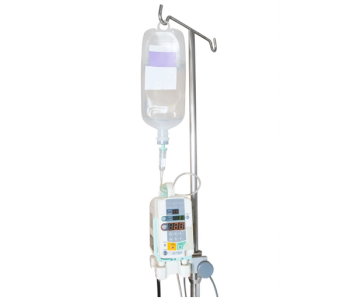
Home infusion of specialty medications was an outpatient service offered to patients before the pandemic started; however, with COVID-19, home infusion became more important than ever.

Because of its rapid emergence during the COVID-19 pandemic, experts have had to make quick decisions regarding treatment of multisystem inflammatory syndrome with no evidence base and little understanding of its pathophysiological characteristics.
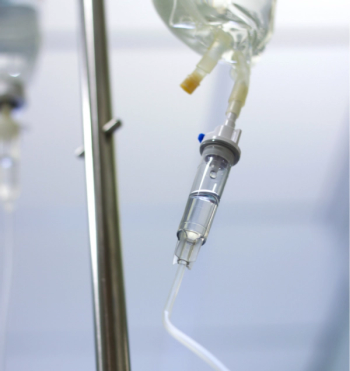
Panzyga is indicated for the treatment of primary humoral immunodeficiency, chronic inflammatory demyelinating polyneuropathy, and chronic immune thrombocytopenia.

Xembify (immune globulin subcutaneous human–klhw) is a 20% immune globulin indicated for treatment of primary humoral immunodeficiency disease in patients 2 years of age and older.

Intravenous immunoglobulin is a cornerstone in autoimmune disease treatment.

The use of IVIG in the treatment of recalcitrant pemphigus vulgaris and foliaceus and bullous pemphigoid is supported by 2 clinical trials.
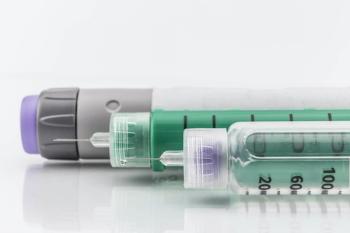
It is important for health care providers to explain compliance to these regimens to patients, both from a clinical and cost perspective.
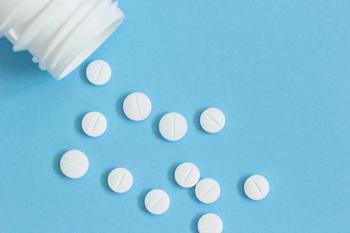
According to the study authors, 9% of the children receiving the combination therapy did not respond to treatment, compared to 51% of children receiving IVIG alone.

Adverse effects from intravenous immunoglobulin tend to be mild, but moderate and severe adverse effects have been observed.

See how convenient self-infusions can be with Hizentra prefilled syringes. Watch the video.

No more vial transfers! First and only Hizentra prefilled syringes are simple, convenient, and ready to use. Elimination of vial transfer may reduce steps and effort, depending on dose. Watch the short video to learn more.

Although it is currently used off-label for many neuroinflammatory and neurodegenerative disorders, intravenous immunoglobulin is showing promise for a growing number of neurological diseases.
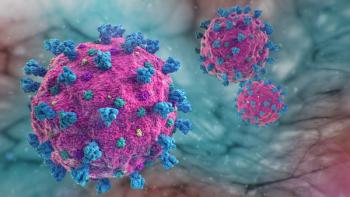
A metanalysis published in SN Comprehensive Clinical Medicine found that administering the therapies early in a patient’s treatment could be associated with better outcomes.

The duration for body temperature normalization, oxygen saturation, and mechanical ventilation were significantly shorter for patients who received IVIG in addition to standard of care (SOC) when compared to those only receiving SOC.

Home infusion within the larger ambulatory infusion setting poses some specific advantages and disadvantages in relation to the other location options available.
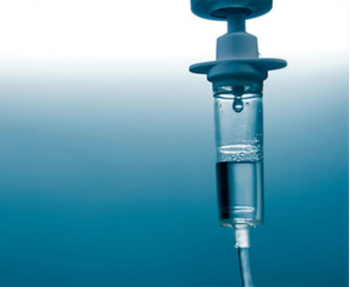
If IVIG is commenced within 2 weeks from the onset of Guillain-Barre syndrome it can hasten recovery as much as plasma exchange, study indicates.
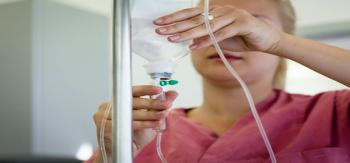
Researchers find no clear therapeutic benefit of intravenous immunoglobulin for the prevention of postnatal relapses of multiple sclerosis.

The availability of both intravenous and subcutaneous routes of immunoglobulin has made personalization of treatment more important than ever.

Pfizer's drug product is the first FDA-approved intravenous immunoglobulin with 2 maintenance dosing options for CIDP.
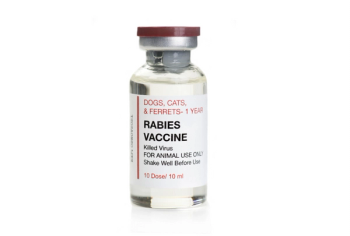
Early experiments through the 19th century theorized local injection with human rabies immunoglobulin at the wound site provided better effects at neutralizing the virus.

The objective of the study was to develop a method for de-escalation of intravenous (IV) vancomycin in patients receiving vancomycin with at least 1 other antibiotic appropriate for the treatment of community-acquired pneumonia (CAP).
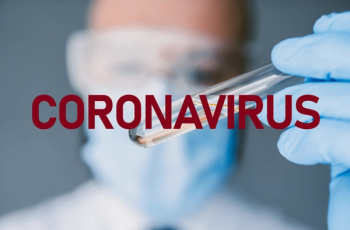
Intravenous immunoglobulin administered to hypoxic non-ventilated COVID-19 patients with an A-a gradient of more than 200 mg Hg significantly decreases the rates of progression to mechanical ventilation.